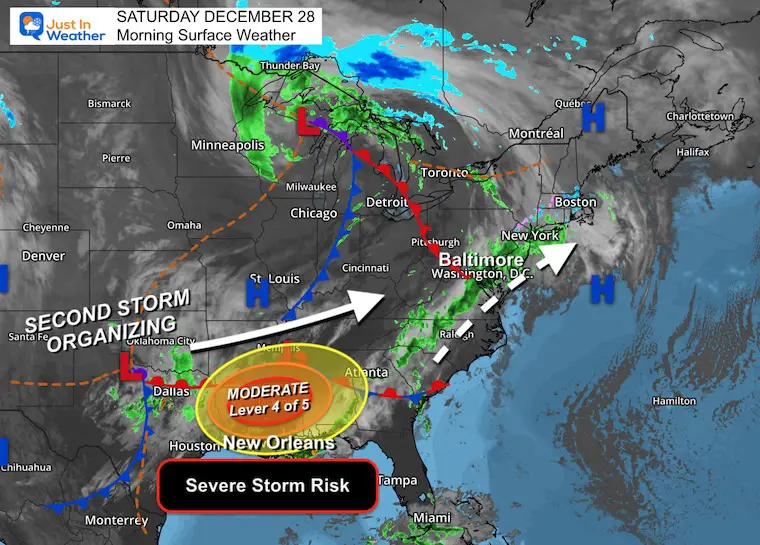- The US military recently landed a MQ-9 Reaper drone on a dirt strip for the first time.
- An Air Force official hailed the exercise as an opportunity to break away from traditional runways.
- It followed an early May mission that saw the Reaper land on a remote highway for the first time.
A US military MQ-9 Reaper drone recently landed in the dirt for the first time, unlocking a new capability for the aircraft that moves it away from the confines of traditional, paved runways that might not be an option in a high-end fight, the US Air Force said last week.
During a June 15 Air Force Special Operations Command (AFSOC) training exercise, air commandos successfully landed the uncrewed Reaper drone at a remote dirt strip near Fort Stockton in western Texas. The Reaper drone usually takes off and lands through “line of sight of antennas” and is manually flown by aircrew members, the Air Force said in a statement, but the military stressed that it can now fly from anywhere in the world.
“This is a significant achievement for Air Force Reserve Command, AFSOC, the MQ-9 community and the joint force as a whole,” said Lt. Col. Brian Flanigan, director of operations for the 2nd Special Operations Squadron, in the statement.
He added that the “team of aircrew, maintainers, and special tactics Airmen have proven the Reaper can operate anywhere in the world and is no longer beholden to the ‘leash’ of perfectly paved runways or line-of-sight antennas traditionally used to take off and land the aircraft.”
US Air Force photo by Airman 1st Class Alysa Calvarese
The threats posed by near-peer rivals and potential adversaries have forced the military to look beyond traditional bases and runways that could be targeted in a war to new ways of fighting. For the Air Force, that means learning how to fight from austere locations that provide increased survivability and flexibility.
The Air Force also used the exercise to explore creative adaptations to the traditional roles that drones play in missions. In doing so, a travel pod was attached to the Reaper so it could resupply soldiers who were waiting at the dirt landing zone.
“We call it ‘Reaper Express’, which is essentially just using a travel pod to develop an operational concept of delivering critical items to austere locations using the MQ-9,” Flanigan said in the statement. “It may not be able to carry much, but what it can hold might be the difference between getting that critical aircraft part to an isolated airfield or bringing in a blood supply for casualties sustained during a base attack.”
Last week’s mission marked the Reaper’s second major achievement in as many months. In early May, Air Force soldiers completed the MQ-9’s first-ever highway landing during a series of drills in rural Wyoming, alongside a massive MC-130J Commando II aircraft and A-10 Thunderbolt II attack planes.
US Air Force photo by Master Sgt. Cody H. Ramirez
The highway landing “showcases how the MQ-9 can launch and recover from remote locations and extend its operational reach to protect American interests globally,” said Lt. Col. David Payne, 2nd Special Operations Squadron commander, in a statement at the time.
These recent exercises, however, are not a new endeavor for the US military. The Air Force on several occasions has landed planes, such as the Warthog and MC-130J, on non-traditional runways at home and overseas and has even explored modifying the MC-130 so that it can land on the water.






